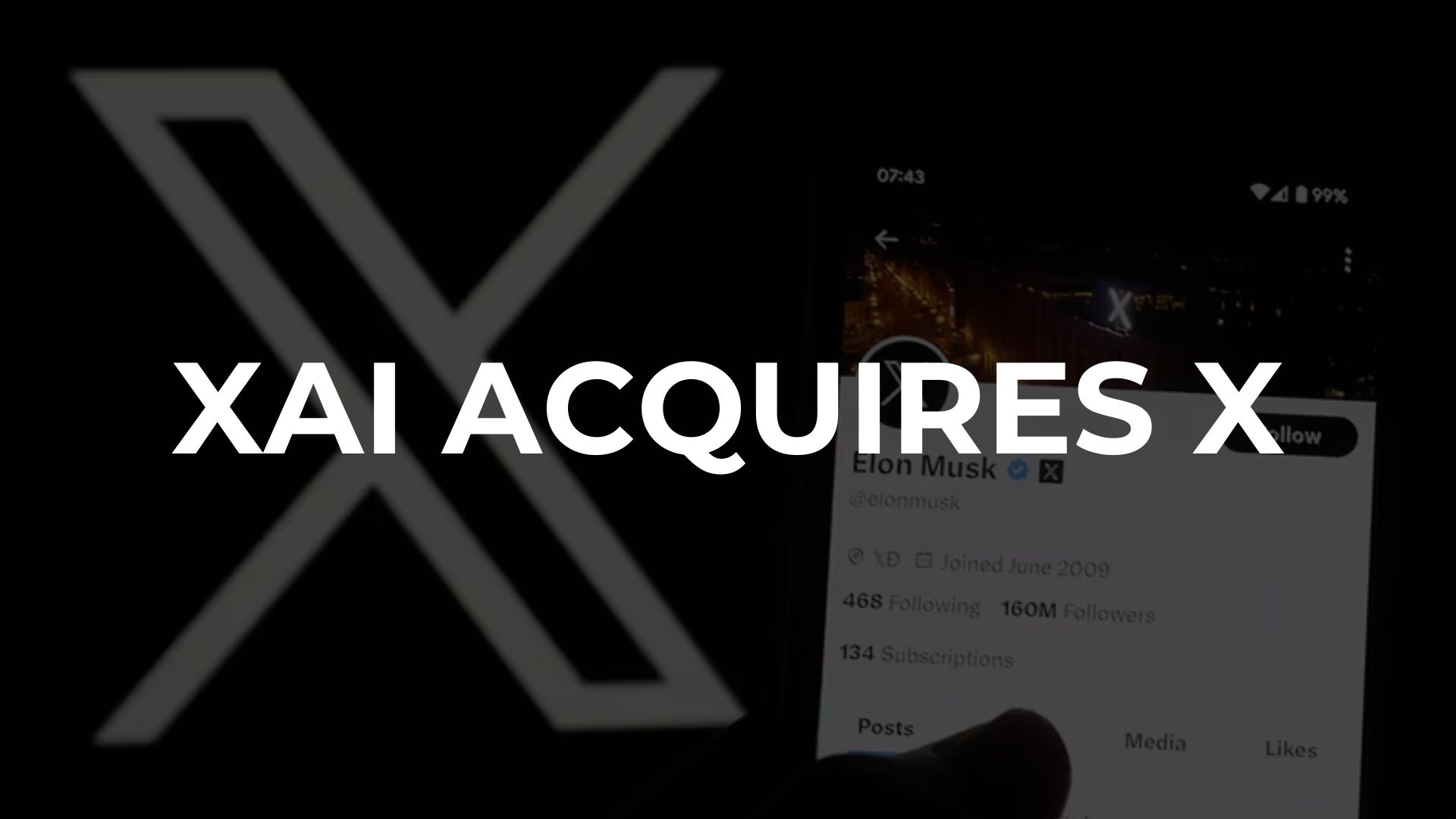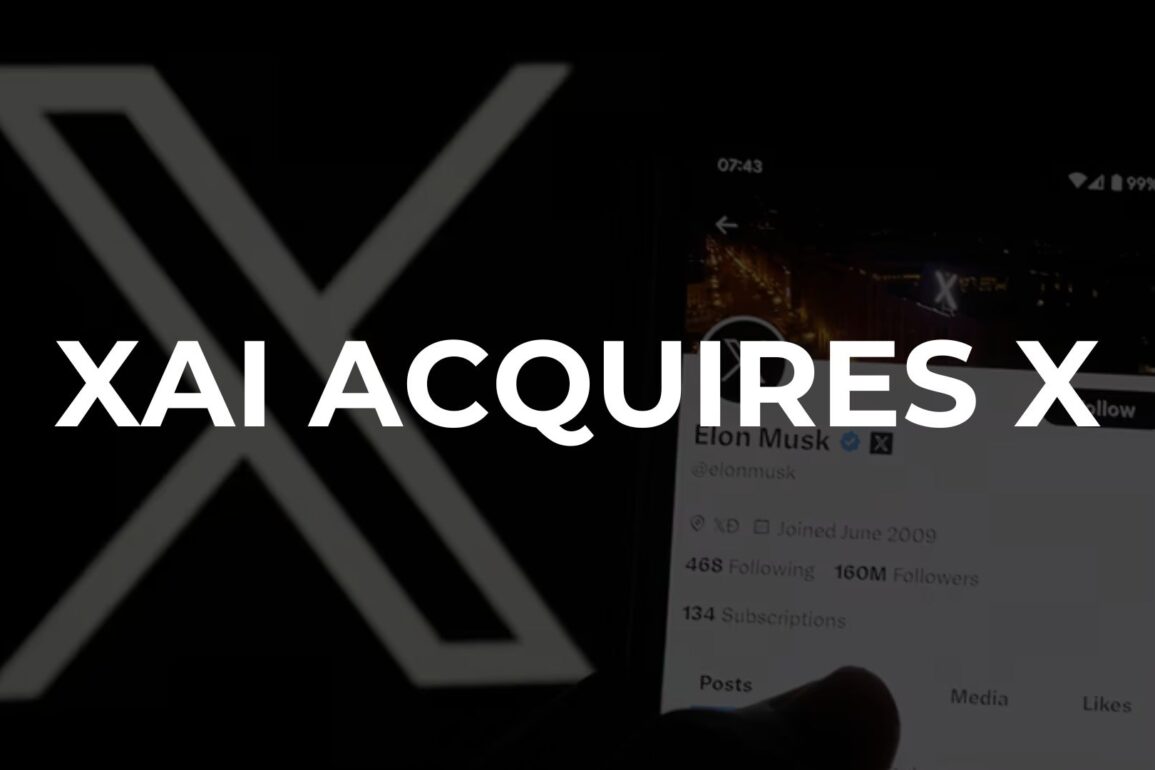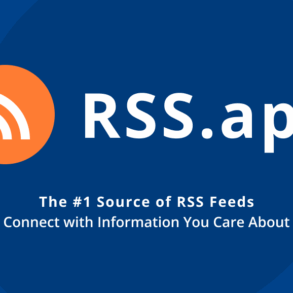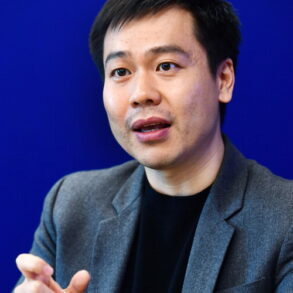
In a bold and unexpected move, Elon Musk’s artificial intelligence company, xAI, has officially acquired X — the social media platform formerly known as Twitter. The deal, which was executed as an all-stock transaction, values xAI at $80 billion and X at $33 billion, including $12 billion in debt, bringing the combined enterprise to an estimated $113 billion.
This merger represents more than just a financial maneuver. It reflects Musk’s broader vision to merge advanced AI technology with a real-time, global communication platform. By uniting xAI’s powerful artificial intelligence capabilities with X’s massive user base and data stream, Musk aims to accelerate innovation and reshape how users interact with technology.
In this article, we’ll break down the key elements of the acquisition, explore the strategic motivations behind the move, and analyze how this merger could redefine the business models of both companies — and potentially, the future of social platforms.
What Is xAI?
xAI, short for x (formerly Twitter) Artificial Intelligence, is Elon Musk’s AI company founded in July 2023 with the ambitious goal of understanding the true nature of the universe. While the mission sounds philosophical, xAI is taking a practical approach by developing cutting-edge AI systems that rival existing leaders like OpenAI and Google DeepMind.
The company operates as a separate entity but maintains a close working relationship with Musk’s other ventures — including Tesla, X (formerly Twitter), and SpaceX. This allows xAI to draw from a deep well of talent, data, and computing power.
Key Facts About xAI:
- Founded: July 2023
- Founder: Elon Musk
- Headquarters: U.S.-based (exact location not officially disclosed)
- Mission: To build artificial general intelligence (AGI) that is “maximally curious and truth-seeking”
- Key Product: Grok — an AI chatbot integrated into X (Twitter), with a humorous and edgy personality designed to stand out from traditional AI assistants
- Team: Includes veterans from DeepMind, OpenAI, Google Research, Microsoft Research, and Tesla
- Valuation: $80 billion (as per the acquisition deal)
Musk has been openly critical of the direction taken by other AI organizations, especially OpenAI, which he co-founded and later left. xAI was partly created to offer an alternative — one that Musk believes is more aligned with open truth-seeking, less politically constrained, and fully integrated into a dynamic, user-facing platform.
What Is X (Formerly Twitter)?
X, formerly known as Twitter, is a global social media platform that underwent a major transformation after its acquisition by Elon Musk in October 2022. Once known primarily for microblogging and breaking news, the platform has since evolved under Musk’s leadership into what he calls the “everything app.”
A Quick Timeline:
- 2006: Twitter is founded.
- 2022: Elon Musk acquires Twitter for $44 billion.
- 2023: Twitter is rebranded as X, with ambitions beyond social networking.
Musk’s vision for X is to go far beyond its original purpose. Inspired by China’s WeChat, he has positioned X to become a super app — a platform that combines social media, payments, commerce, video content, and now, artificial intelligence.
Key Features and Evolution Under Musk:
- Rebranding: Name changed from Twitter to X; iconic bird logo replaced with a minimalist “X.”
- Premium Model: Introduction of paid subscription tiers offering features like verification, longer posts, and monetization for creators.
- Creator Monetization: X introduced ad revenue sharing and subscriptions to incentivize content creation.
- AI Integration: xAI’s chatbot, Grok, was embedded into X as an exclusive feature for premium users.
- Free Speech Emphasis: Under Musk’s leadership, the platform has adopted a stronger stance on open discourse, though not without controversy.
X remains one of the most influential platforms globally, with hundreds of millions of monthly active users. Its transformation into a broader digital ecosystem makes it a natural host for Musk’s AI ambitions — and the recent acquisition by xAI only strengthens that trajectory.
Details of the Acquisition
In March 2025, Elon Musk announced that xAI had acquired X (formerly Twitter) in a strategic, all-stock transaction. The deal marks a pivotal moment in Musk’s plan to integrate artificial intelligence into everyday digital experiences.
Key Details of the Deal:
- Type: All-stock transaction
- xAI Valuation: $80 billion
- X Valuation: $33 billion (including $12 billion in debt)
- Combined Enterprise Value: $113 billion
The acquisition wasn’t a traditional buyout in the typical sense. Since Musk is the primary owner of both companies, the move is more of a corporate realignment — bringing two entities under a unified strategy rather than a hostile takeover or external acquisition.
Elon Musk’s Vision:
In his official announcement on X, Musk emphasized that “xAI and X are now the same company.” He noted that this integration is about more than organizational convenience — it’s about combining powerful AI models with a massive, real-time communication platform.
According to Musk, this merger enables:
- Access to real-time social data from X to train xAI’s models more effectively.
- Distribution of AI tools, like Grok, directly to millions of users on X.
- Centralization of talent, computing power, and innovation across his ecosystem of companies.
The move also positions the newly combined entity to attract new investment more easily, especially in a market increasingly driven by AI innovation.
Why Did xAI Acquire X?
Merging xAI and X wasn’t just about aligning two Musk-led companies — it was a strategic decision with clear long-term objectives. At its core, the acquisition aims to create a powerful ecosystem where real-time user data, advanced AI models, and massive distribution come together to accelerate innovation.
1. Access to Real-Time Data
AI systems thrive on high-quality data — and X offers a goldmine of it. With millions of users posting, commenting, and engaging in real-time, xAI can now train its models using live, dynamic content, making them more accurate, timely, and responsive.
2. Instant Distribution of AI Products
With X’s large and engaged user base, xAI now has a built-in channel to distribute and test AI tools like Grok at scale. This reduces customer acquisition costs and provides immediate feedback for product improvements.
3. Vertical Integration of Infrastructure
By combining X’s communication platform with xAI’s tech stack, Musk is building a vertically integrated system where:
- Data is generated (X)
- AI models are trained (xAI)
- Products are deployed and tested (X again)
This streamlines operations and gives Musk complete control over the AI feedback loop.
4. Talent Synergy and Cost Efficiency
The merger also allows Musk to consolidate top talent and reduce duplicated efforts across companies. Shared engineering, design, and research resources can focus on building unified experiences that blend social interaction and AI.
5. Long-Term Vision of the “Everything App”
Ultimately, the acquisition aligns with Musk’s grand vision of turning X into an everything app — a single destination for communication, commerce, payments, entertainment, and now, intelligent AI companions. xAI plays a key role in making this vision more than just a concept.
How It Changes the Business Models of xAI and X
The acquisition doesn’t just reshape ownership — it redefines the business models of both xAI and X. With the merger, Elon Musk is moving from running two separate entities to creating a synergistic ecosystem where each strengthens the other’s revenue model, data flow, and user engagement.
Before the Merger:
- xAI operated independently, with a focus on developing artificial general intelligence (AGI) and monetizing through AI applications like Grok.
- X was focused on transforming into a super app, experimenting with creator monetization, premium subscriptions, and payment features.
After the Merger:
Now, the combined model becomes more vertically integrated and mutually reinforcing:
For xAI:
- Gains access to real-time user data from X to train and refine models.
- Uses X as a built-in distribution channel for tools like Grok.
- Monetizes AI usage through premium subscription tiers on X.
For X:
- Embeds advanced AI tools into the platform to increase user engagement.
- Positions itself as a next-gen platform with conversational and predictive features.
- Opens new ad revenue and AI-as-a-service opportunities, backed by xAI’s tech.
Opportunities and Risks
The merger between xAI and X is full of potential — but it also comes with challenges. As Elon Musk aims to integrate advanced AI into one of the world’s largest social platforms, the road ahead will require careful navigation.
Opportunities
1. Smarter User Experiences
With Grok and future AI tools embedded directly into X, users can get personalized recommendations, summarize conversations, or even generate content — all within one platform. This could revolutionize the way people interact with social media.
2. New Monetization Streams
Premium subscriptions powered by AI, enterprise tools, and API access could help the new entity diversify revenue beyond traditional advertising.
3. Real-Time AI Training
Access to live, user-generated content allows xAI to continuously refine its models, making them more accurate and adaptive than competitors who rely on static datasets.
4. Vertical Control
By owning the entire AI pipeline — from data collection to user interaction — Musk’s companies can operate with fewer dependencies, improving speed, cost-efficiency, and innovation cycles.
5. Market Positioning
The combined entity now competes not just with Meta and TikTok in social media, but with OpenAI and Google in AI. It positions itself as a hybrid player in two massive industries.
Risks
1. Privacy and Ethical Concerns
Using social media data to train AI could raise serious regulatory scrutiny, especially in regions with strict data protection laws like the EU.
2. Over-centralization
Having one person — Musk — in charge of both a major communication platform and an AI company might lead to concerns about control, bias, or misuse of power.
3. Public Trust
With growing awareness around AI ethics and content manipulation, public backlash or mistrust could slow adoption of AI tools on X.
4. Technical Integration Challenges
Blending two fast-moving, complex systems isn’t easy. Misalignment in infrastructure or team priorities could delay rollouts or weaken performance.
5. Financial Pressure
While the deal is all-stock, both companies will need to demonstrate profitability to sustain their ambitious roadmap, especially if investor sentiment shifts away from speculative tech.
What It Means for the Future of AI and Social Platforms
The xAI–X merger marks a potential inflection point in both the AI and social media industries. While most companies treat artificial intelligence as a tool or feature, Elon Musk is betting on AI as the foundation of a next-generation digital ecosystem.
The Rise of AI-Native Platforms
Most social platforms are retrofitting AI into existing experiences. By contrast, X is becoming an AI-native platform, where conversational agents, real-time summarization, and intelligent recommendations are core to the experience — not add-ons.
This approach could set a precedent for:
- Social networks powered by live AI assistants
- Dynamic, real-time content generation and curation
- Personalized digital spaces that learn from user behavior
Acceleration of the “Everything App” Vision
Musk’s idea of X as an “everything app” becomes more tangible with AI at its core. Imagine a platform where users can:
- Communicate
- Transact
- Create content
- Get answers
- Interact with AI — all in one interface.
This could challenge the app fragmentation users currently face and create a unified experience rivaling ecosystems like WeChat in China.
Industry-Wide Implications
The merger puts pressure on competitors:
- Meta must respond with deeper AI integration across Facebook, Instagram, and Threads.
- TikTok could double down on content personalization through machine learning.
- OpenAI and Google DeepMind may accelerate partnerships with distribution platforms to keep pace.
If successful, xAI and X could become a blueprint for future tech conglomerates, where content, communication, and intelligence live under one roof.
Conclusion
The acquisition of X by xAI isn’t just a financial headline — it’s a signal that the future of digital interaction will be built at the intersection of AI and social platforms. Elon Musk is once again rewriting the rules by merging a cutting-edge AI company with a real-time global communication network.
By combining xAI’s intelligence with X’s distribution, Musk is creating an ecosystem where AI is not just a backend tool — it’s front and center in how we consume, create, and connect online. It’s a bold vision with enormous potential, and equally significant risks.
As this integration unfolds, one thing is clear: the lines between AI assistants, content platforms, and communication tools are blurring — and xAI + X may be the first of many major steps in that direction.
Whether this becomes a breakthrough or a cautionary tale, the tech world will be watching closely.
This post was originally published on this site be sure to check out more of their content








